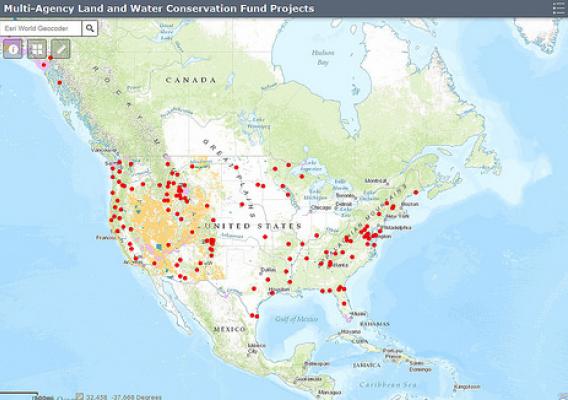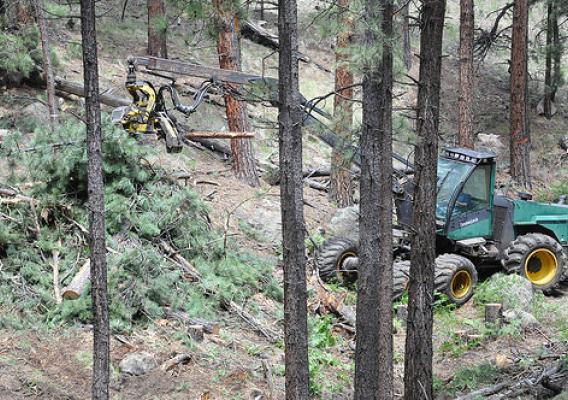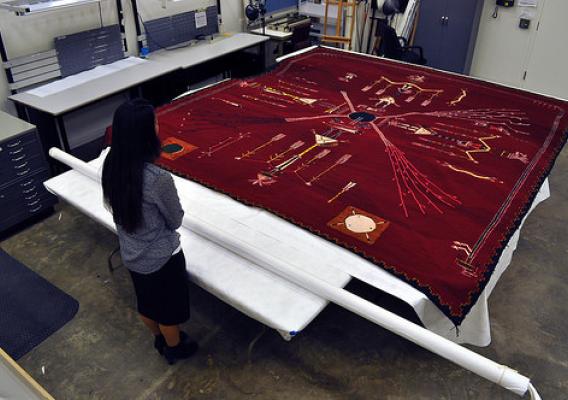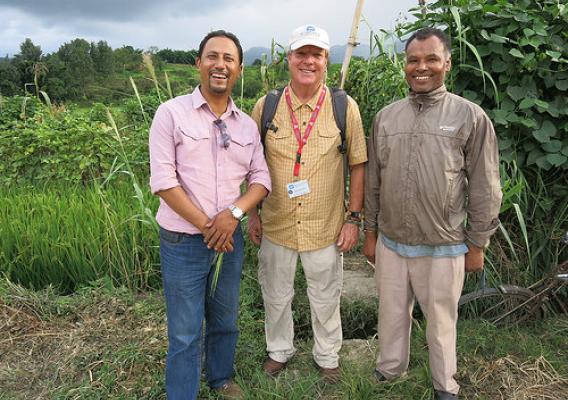Every parent’s wish is for their children to thrive and prosper. Yet, too many of our nation’s families still live in poverty, despite doing their best to make ends meet. Rural families and children have additional challenges as schools, healthcare services, healthy food choices, jobs, and other opportunities are often miles away in a different town, county or even state. The Obama Administration is committed to these families, and believes that all children -- no matter where they live -- should have an opportunity to succeed.
Today, President Obama and I met with eight members of the National 4-H community in the Oval Office. Each one of them had an inspiring story about how they are opening up new doors for kids in their hometowns, and how this work is building stronger communities where they can learn, play and grow.
We wanted to take a moment to introduce you to these young leaders and tell you about the projects that encouraged President Obama to invite them to the White House to say “thank you”. Investing in kids like these is an investment in America’s future.








